Now that summer is in full swing, many of us are thinking ahead to July Fourth festivities. As life slowly returns to normal, your July Fourth celebration may not be as rowdy as previous years, but you’ll likely still celebrate. However, this exciting holiday, full of food, fireworks, and outdoor activities, is not always much fun for your pet. In fact, July Fourth-related activities can present dangerous pet hazards, and the boisterous holiday can be downright terrifying for pets who are fearful of loud noises. Use our July Fourth checklist to ensure you, and your pet, are prepared for a safe holiday.
#1: Prevent a picnic disaster for your pet
Whether you will attend a gathering, or celebrate with immediate family in your own backyard, an array of delicious food will undoubtedly be involved. The smell of grilling burgers and hot dogs will have picnic-goers, two-and four-legged, drooling for dinner, and your pet will stop at nothing to get her paws on a holiday treat. Although you can eat an occasional greasy, calorie-laden meal without much distress, your pet’s gastrointestinal tract may not handle it as well. If you decide to share your picnic feast with your pet, or if she gets into the trash when you’re not looking, the extra fat and calories may trigger a bout of pancreatitis that could land her in the hospital over the holiday weekend. To prevent this disaster, ask guests not to share food with your pet, ensure leftovers are stored securely out of reach, and keep trash cans tightly covered.
#2: Practice parade safety with your pet
Although dressing your pet in red, white, and blue, and taking her with you to the annual parade, is tempting, leaving her at home is safest. Crowds can be overwhelming, and your pet may become anxious, bolt away, and get lost in the chaos. If your pet does stick by your side, she may get into your kids’ candy sack, and devour the treats they have collected, which may include toxic chocolate, raisins, or sugar-free gum.
If you walk in the parade with your pet, ensure the pavement isn’t too hot for her sensitive paws, which can blister from heat exposure. If parade day is hot, pull your pet in a wagon, or push her in a doggy stroller, to protect her feet, and prevent heat exhaustion.
#3: Know heatstroke signs in pets
Your holiday plans probably include a variety of outdoor activities, but as summer heats up in southern California, ensure you keep a close eye on your furry friend, who may not tolerate the hot weather well. Pets who are older, suffer from a chronic disease, or are a brachycephalic breed (i.e., a flat-faced breed, such as a pug) are at increased risk, and should stay out in the heat for only short periods. Regardless of your pet’s age or health status, watch out for heatstroke signs, which include:
- Excessive panting
- Excessive drooling
- Vomiting
- Diarrhea
- Weakness
- Incoordination
- Collapse
If you think your pet may have heatstroke, take her to a cool place immediately, offer her cool water to drink, and place her in a tub of cool—not cold—water. Check her temperature rectally with a digital thermometer—normal body temperature for dogs and cats is between 100 and 102.5 degrees. Continue cooling until your pet’s temperature drops to 103 degrees, and then remove her from the tub, as she will continue cooling. If your pet does not improve quickly, worsens, or has severe signs, take her to the nearest veterinary hospital immediately.
#4: Create a soundproof sanctuary for your noise-phobic pet
With heightened senses, including super-human hearing, many pets are afraid of loud noises. For these pets, July Fourth is terrifying, and fireworks can trigger panic attacks, escape attempts, and self-harm. If your pet becomes anxious around loud noises, make a safe space where she can relax during the nighttime festivities. Place your pet’s bed, favorite toys, and a special treat, such as a Kong filled with frozen peanut butter, in an interior room, away from any windows, and play music, or turn on the television, to drown out scary sounds. In the weeks leading up to July Fourth, take your pet into her special space, and play firework sounds at a low volume, while lavishing her with attention and special treats, to help desensitize her. If your pet is so frightened that your efforts are futile, speak with Dr. Bahou about medications that can help your pet relax during the fireworks display.
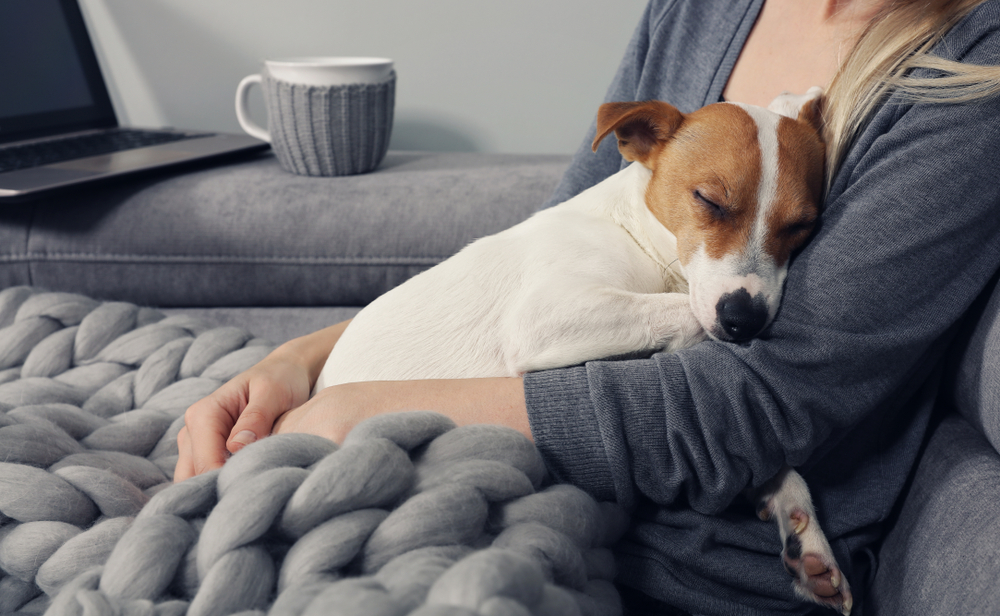
#5: Have your pet microchipped
Between crowded gatherings and anxiety brought on by loud noises, thousands of pets become lost each July Fourth weekend. If your pet slips out of her collar, she may never be reunited with you, or be taken in by another family. Microchipping your pet greatly increases the chances of a happy reunion, since it provides permanent identification your pet cannot lose. A pet microchip is a tiny device that is placed under your pet’s skin and, when scanned at an animal shelter, displays a unique identification number that is linked to your contact information. An Alisos Animal Hospital team member can microchip your pet during a brief office visit, without anesthesia or sedation, to ensure her safety during the upcoming holiday. If, despite your careful preparations, your pet bolts away, her microchip can be scanned, and you can be contacted to retrieve her.
Although your July Fourth may look a little different this year, you don’t want the memory of a pet emergency. Ensure your pet’s safety checklist is complete, and call us if you need to schedule an appointment for a microchip, or other health care services, before the holiday.



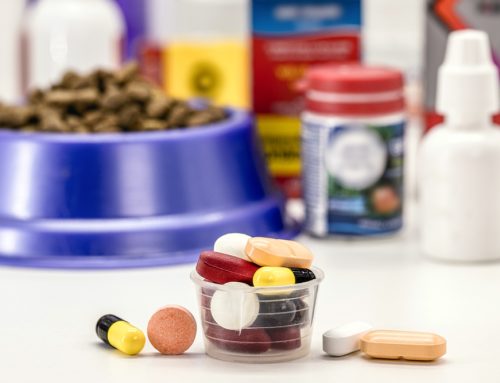
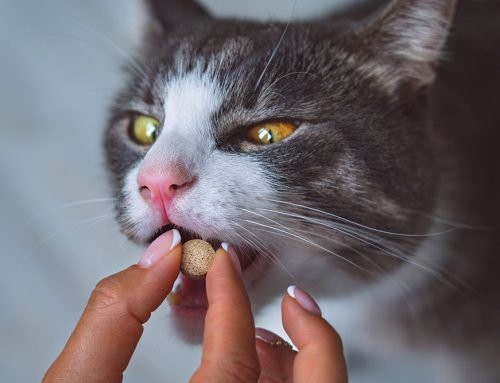
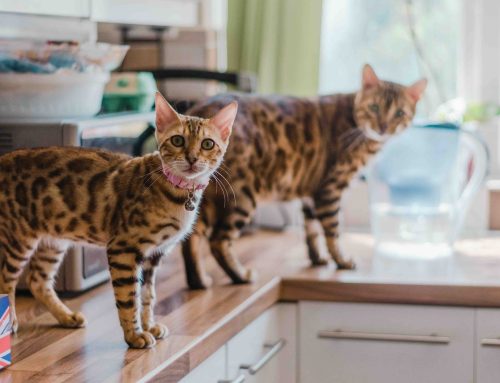
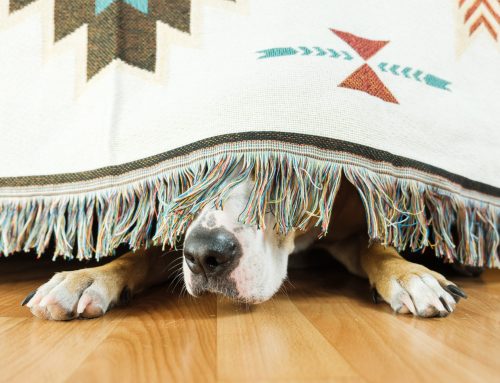

Leave A Comment